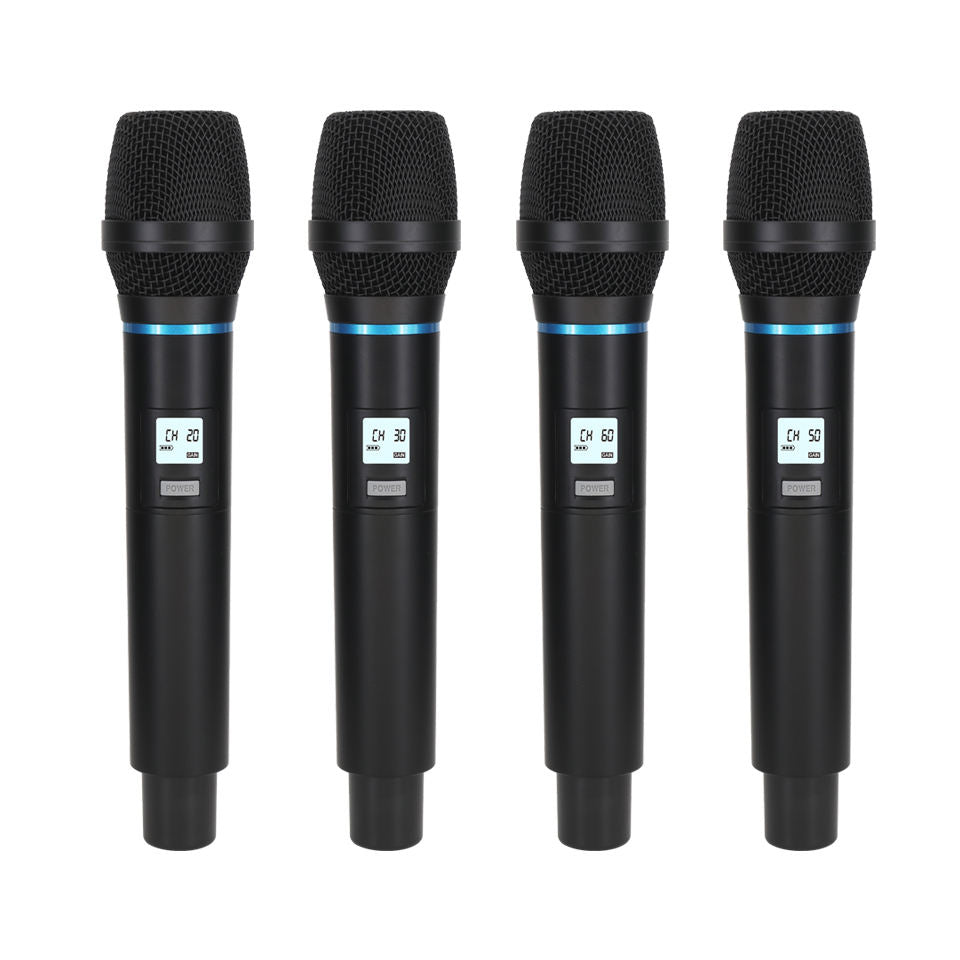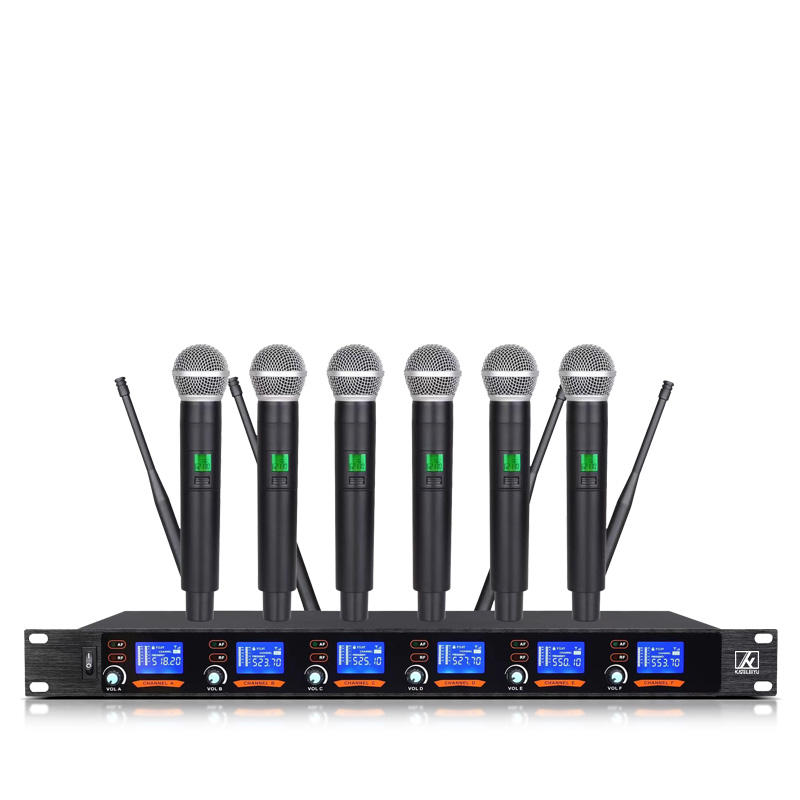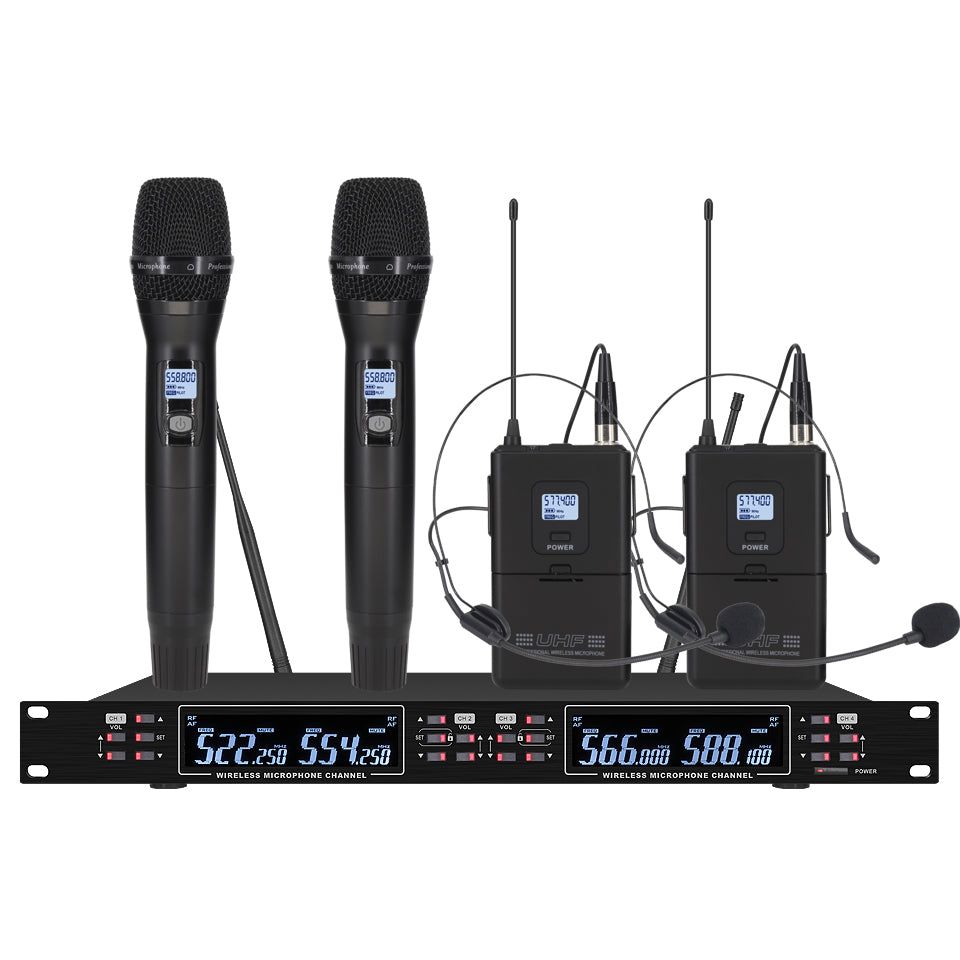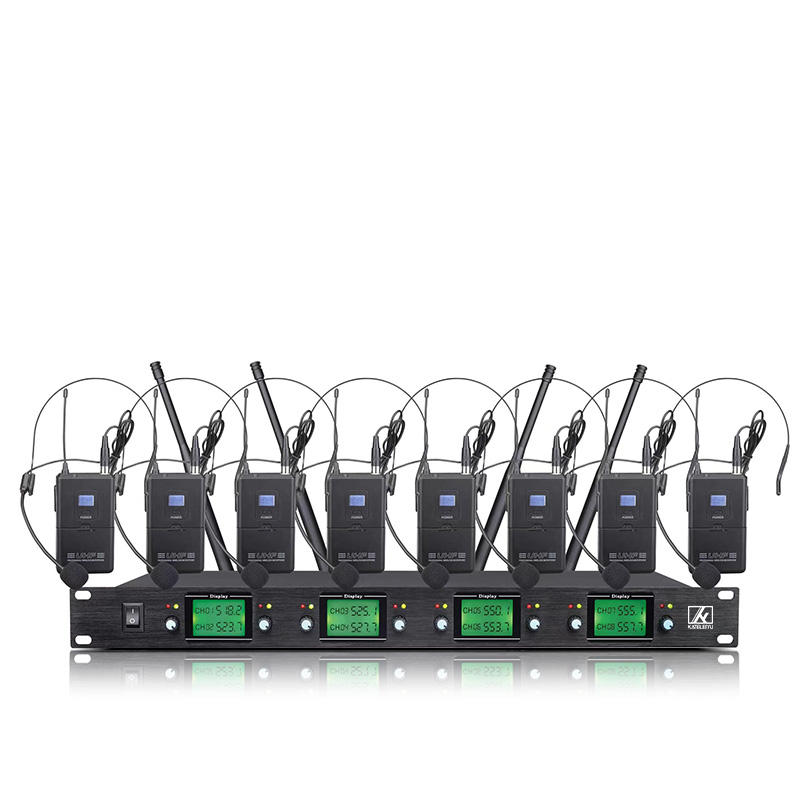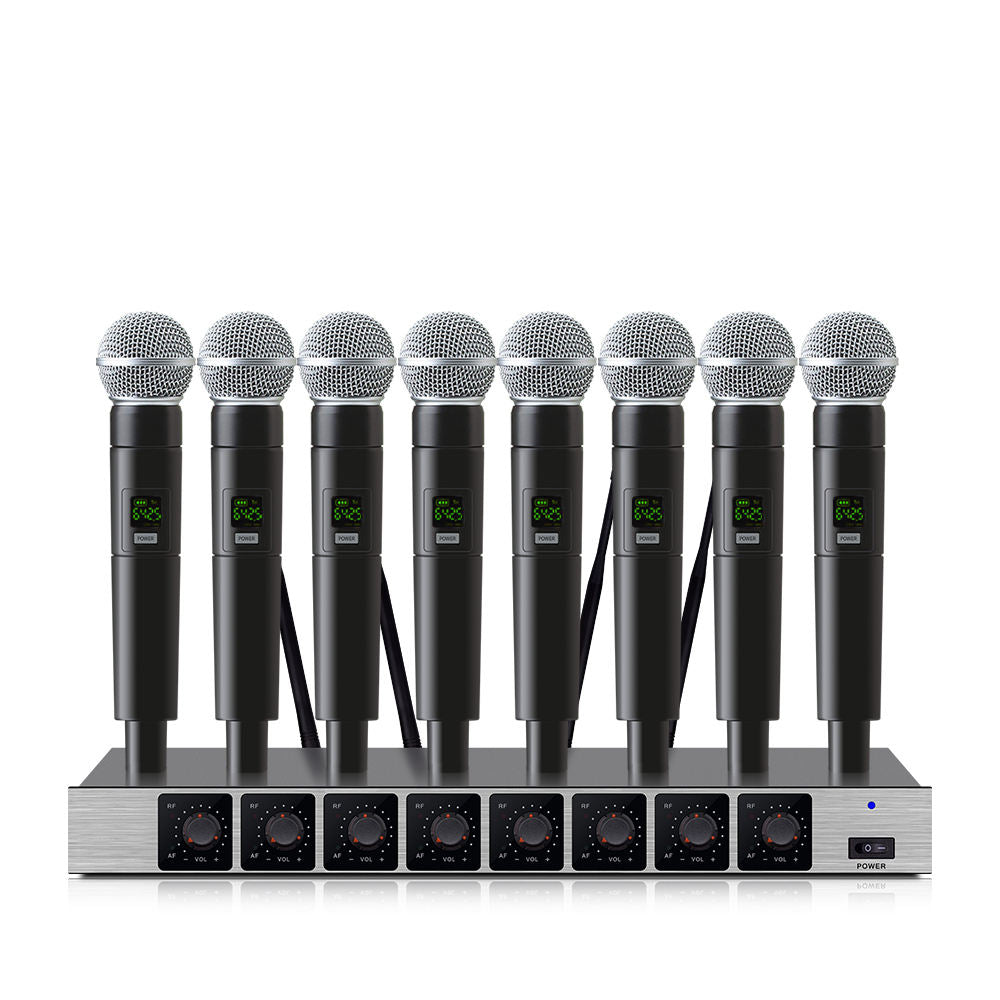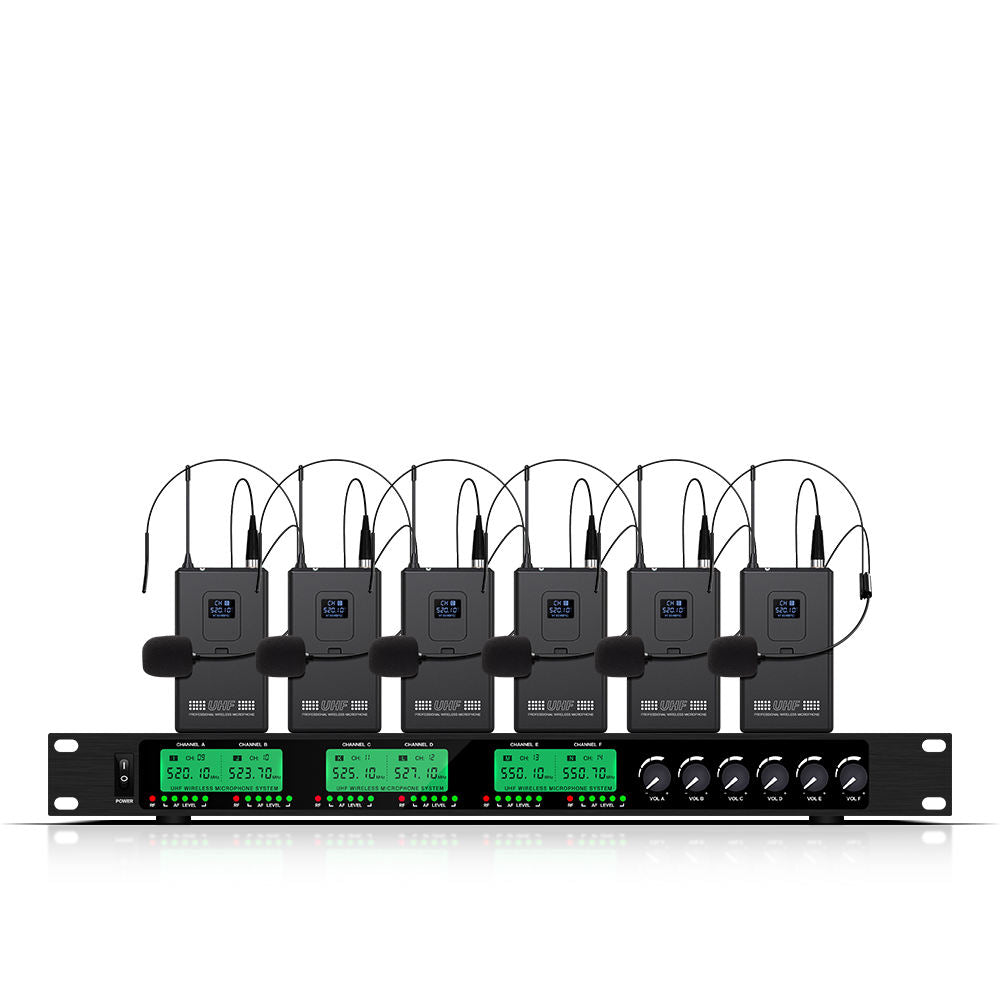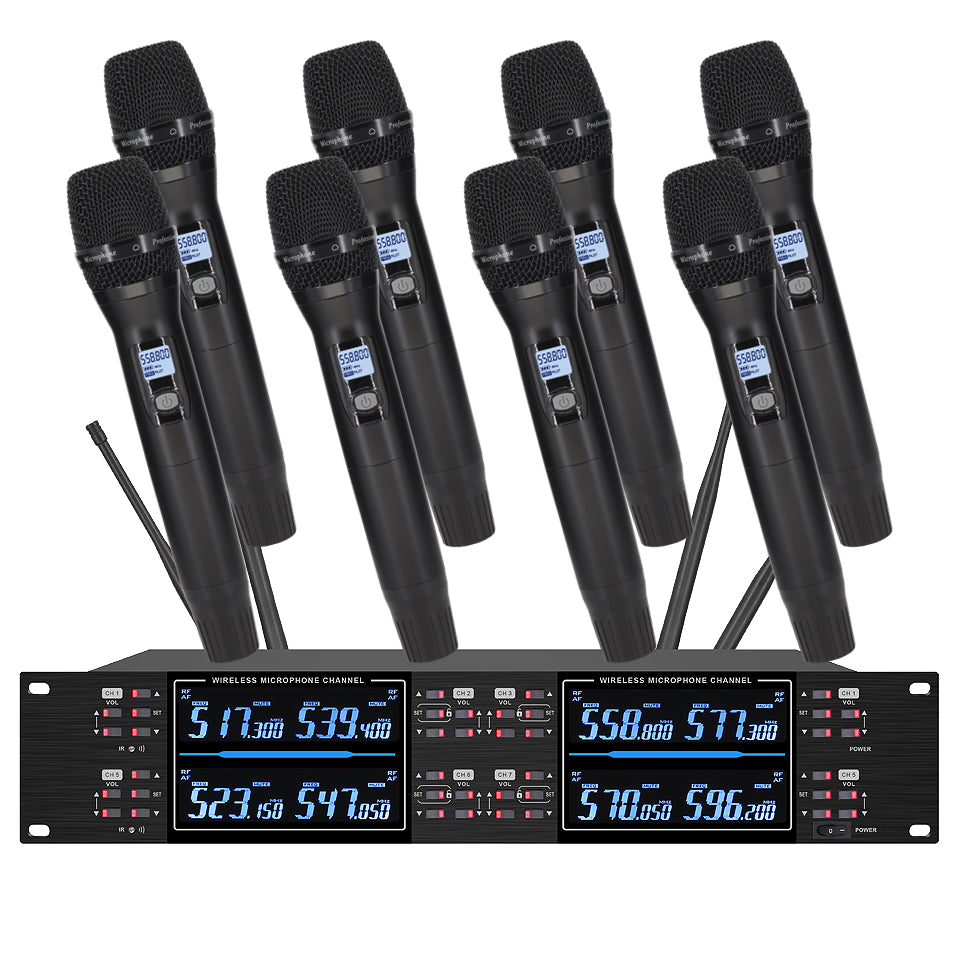ERZHEN's Wireless Microphone System Collection
What Are Wireless Microphone Systems?
Wireless microphone systems are audio devices that transmit audio signals without the need for physical cables. Consisting of a transmitter, receiver, and microphone, they offer freedom of movement and flexibility in various applications.
How Do Wireless Microphone Systems Work?
Wireless microphone systems operate by converting sound into radio waves, which are then transmitted wirelessly from the microphone's transmitter to the receiver. The receiver then converts the radio waves back into audio signals, which can be amplified and heard through speakers or recording devices.
What Are the Benefits of Using Wireless Microphone Systems?
- Mobility: Users can move freely without being tethered by cables, making wireless microphone systems ideal for performances, presentations, and events.
- Flexibility: With no cables to worry about, setups can be easily rearranged or expanded to suit different environments and needs.
- Reduced Clutter: Eliminating cables reduces clutter on stage or in recording studios, providing a cleaner aesthetic and minimizing trip hazards.
Are Wireless Microphones Any Good?
Yes, wireless microphones are an excellent choice for various applications where mobility and flexibility are essential. They offer convenience and freedom of movement without sacrificing audio quality.
Is A Wireless Mic as Good as Wired?
While wireless microphones offer the advantage of mobility, wired microphones are generally considered to provide slightly better audio quality and reliability since they are not subject to interference or signal dropouts. However, advancements in wireless technology have significantly narrowed this gap, and modern wireless microphones can deliver comparable performance to wired ones in many situations.
Can a Wireless Microphone Work Without an Amplifier?
Yes, a wireless microphone can work without an amplifier if it is connected directly to a compatible audio input source, such as a mixer, audio interface, or powered speaker system. However, in most cases, an amplifier or powered speaker is required to amplify the microphone's signal to an audible level.
What Do You Need to Set Up a Wireless Microphone?
To set up a wireless microphone system, you will typically need the following components:
- Microphone: Choose a wireless microphone suitable for your application, such as a handheld, lavalier, or headset microphone.
- Transmitter: The microphone's transmitter sends the audio signal wirelessly to the receiver.
- Receiver: The receiver captures the wireless signal from the microphone's transmitter and outputs it to a mixer, audio interface, or powered speaker.
- Power Supply: Ensure that both the transmitter and receiver have sufficient power, either through batteries or a power adapter.
- Audio Equipment: Connect the receiver to audio equipment such as a mixer, audio interface, or powered speaker system to amplify and process the microphone's signal.
How Do I Set Up and Use a Wireless Microphone System?
- Power On: Ensure both the transmitter and receiver are powered on and have fresh batteries.
- Pairing: Sync the transmitter with the receiver using the designated pairing method provided by the manufacturer.
- Testing: Test the microphone to ensure proper audio transmission and adjust settings as needed.
- Positioning: Properly position the microphone for optimal sound quality and minimal interference.
- Monitoring: Continuously monitor the audio levels and adjust as necessary during use to maintain quality sound.
What Maintenance Is Required for Wireless Microphone Systems?
Regular maintenance of wireless microphone systems can prolong their lifespan and ensure optimal performance. This includes keeping the equipment clean, replacing batteries when needed, and periodically checking for firmware updates or software improvements from the manufacturer.





